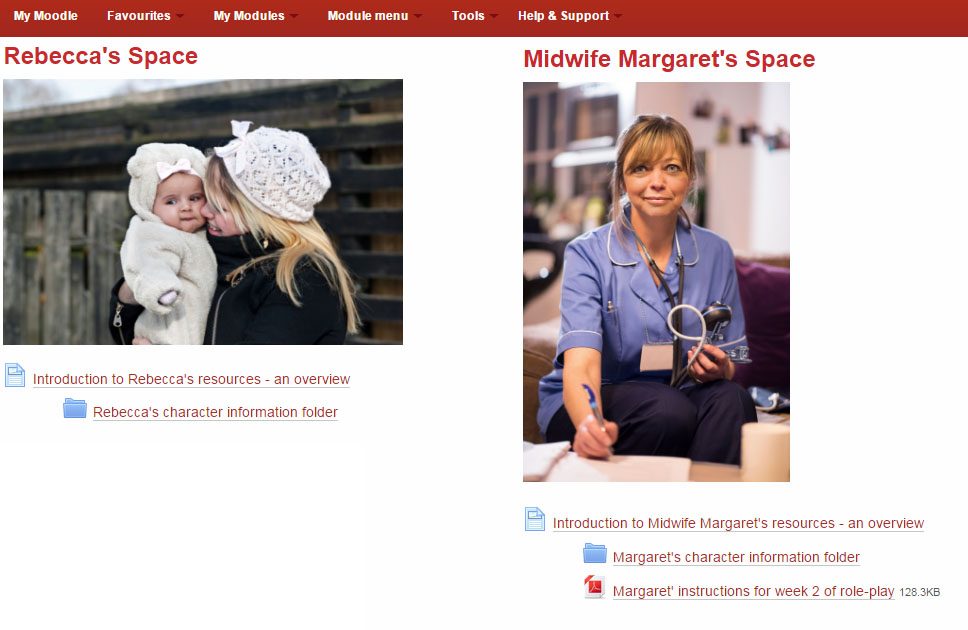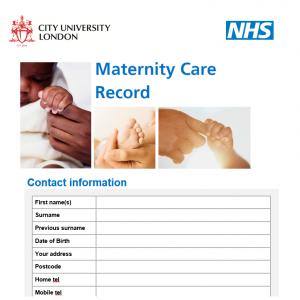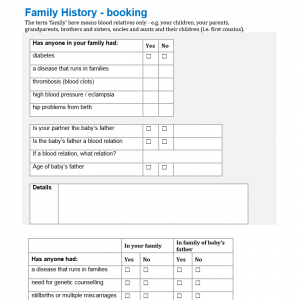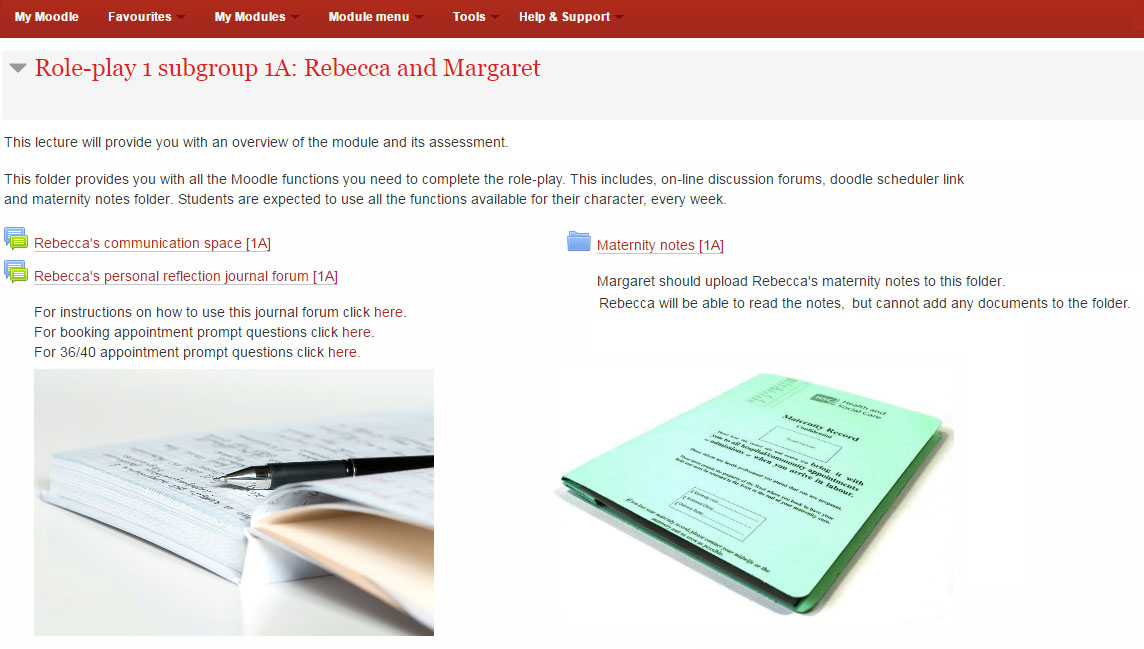The midwifery context
Despite nursing and midwifery being defined in terms of being caring professions, recent investigations into practice in the NHS make sombre reading, describing both nurses and midwives failing to demonstrate care or compassion in their practice (Francis 2013; Kirkup 2015). The need to ensure that qualifying midwives have a thorough understanding of the ethics of maternity service provision has never been more urgent.
Online role play in Higher Education
We were inspired by other online role play learning designs by Julie Attenborough and Lorna Saunder in the School of Health Sciences, by Clive Holtham in Cass Business School and by Roz Sunley’s Laputare project at the University of Winchester. What all of these innovations provided were online, low cost, interactive, simulated environments where students could could apply their theoretical learning to authentic tasks involving complex decision-making. Guided by these successful initiatives we set out to create a learning experience where students could experience what it is like to make autonomous clinical decisions as a midwife and just as importantly, what it feels like to be in the shoes of the service user affected by these clinical decisions.
Developing the module
Working collaboratively with LEaD’s educational technology team, lecturer Mandie Scamell designed a module which aimed to help address this issue through the blending of an online role-play into face-to-face teaching on an undergraduate midwifery education module. The key learning outcome was to engage first year, preregistration midwifery students with the ethical aspects of maternity care. Around half of the module was delivered on Moodle using a simulated role-play format with the remainder of the learning delivered using more traditional lectures and student led discussion groups where students could reflect upon their learning experience.
The antenatal role play activity
Two antenatal case scenarios were created giving students the opportunity to role play as both the expectant mother and the midwife as the roles were reversed when the role-play moved from one fictional community to the other.
Each case scenario posed a set of discrete health problems based on key antenatal issues. The role-play spanned from 12/40 to 36/40 weeks for each case and involved two appointments. Students were expected to arrange the appointments either face to face or virtually using the Adobe Connect webinar platform, to complete and share the maternity care record documentation and plan appropriate woman centred care.
Story telling
Story telling was an essential component to the design of the role-play. Plot development devices, strongly defined characters and dilemmas designed to encourage the students to scrutinize their own preconceived ideas and prejudices were embedded throughout the role-play. Character information about the midwife was provided upfront, information about the woman’s character and her domestic circumstances was released sequentially as the role-play developed. This drip feed approach was designed to encourage dynamic and responsive decision-making. Although the communities and characters in the role-play were fictional, we drew heavily upon the clinical experience of our Midwifery academic staff to ensure authenticity.
While playing the midwife allowed these junior students to experience autonomous decision-making within the safety of a fictional context, it soon became obvious that the most significant learning – from the learning outcomes of the module point of view – was gained through playing the role of the pregnant woman. Because all activity took place through Moodle the module leader was able to monitor how the students decided to develop the characters they were playing. This insight was used to stimulate discussion both in online forums and in the face-to-face discussion groups that ran alongside the role-play.
Such effort at authenticity allowed the students to discard their professional persona and immerse themselves in the care episode from the service user perspective.
Relationship development between the midwife and the woman was achieved by building the story sequentially during the role-play, typically by introducing an element of tension that both characters in the role-play had to manage. These tensions did not necessarily play out in the real time appointments (although sometimes this was the case) however, the online reflection activities particularly for those playing the pregnant woman, allowed students to explore the lived experience of clinical care tension.
Conclusion
The immersive environment created through Moodle, enabled the students to partake in authentic ‘whose shoes’ style activities where concepts of caring, compassion and empathy could be experienced in the first person. We believe that it was this opportunity to experience care both through the role of service provider and service user that gave students a depth of learning that could not be achieved through more conventional styles of teaching.
References
Francis, R. (2013) Report of the Mid Staffordshire NHS Foundation Trust Public Inquiry. London: The Stationery Office
Kirkup, B. (2015) The Report of the Morecambe Bay Investigation. London. Dep of Health; HMSO press.








This is a really interesting piece, Tom. It’s great to read about the innovative designs being carried out by colleagues in LEaD supporting students as our future practitioners in collaboration with tutors! As a former nurse, I’m curious about the ways that simulated practice can be utilised to support best practise. Thanks for posting this blog.
Thanks for the positive feedback Midge. There are several interesting simulated practice projects here in the School of Health Sciences including CityScape where service users were integral to the work. See more here:
https://blogs.city.ac.uk/educationalvignettes/2015/04/23/cityscape-2/